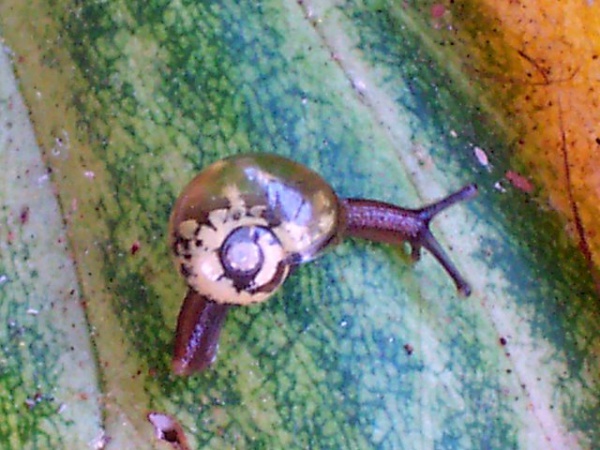Facts About Mysticarion porrectus
The Mysticarion porrectus, also known as Helicarion porrectus, is an intriguing arboreal snail native to Australia. Belonging to the Helicarionidae family, this snail thrives in the verdant, high-elevation rainforests of eastern Australia. Its preferred habitat consists of Gondwana cool temperate rainforests, dominated by trees like the Antarctic Beech, Sassafras, and Pinkwood. The distribution of this species spans from Mount Dromedary in New South Wales to Mount Superbus in Queensland.
One of the most distinguishing characteristics of Mysticarion porrectus is its delicate, transparent shell, which offers a glimpse of the snail’s vividly colored internal organs. Unlike many other snails, the shell of Mysticarion porrectus is insufficient for complete retraction, earning it the description "semi-slug." This reduction in shell size is a common evolutionary adaptation among various gastropod families, often attributed to a lack of calcium carbonate in their habitats. Within the Helicarionidae family, shell types exhibit a wide range, from large, protective structures to nearly internalized, plate-like forms.
Mysticarion porrectus is believed to be herbivorous, likely feeding on biofilm, including algae and sooty mold, found on living leaves. It is often seen resting on foliage and tree trunks, employing a unique behavior where it positions itself on its side, using its tail as a suction cup. This clever adaptation not only helps it maintain its position but also facilitates transportation by hitching rides on other animals or humans, aiding its wide dispersal.
The Helicarionidae family has an extensive history, tracing back to the supercontinent Gondwana. Today, members of this family are distributed throughout the southern hemisphere, including regions such as Southeast Asia, Oceania, and South Africa. In Australia, most helicarionids are concentrated along the eastern coast and ranges, especially in the Border Ranges and Wet Tropics regions. However, several species have also adapted to other parts of the country, including South Australia, Western Australia, and the Kimberley region.
